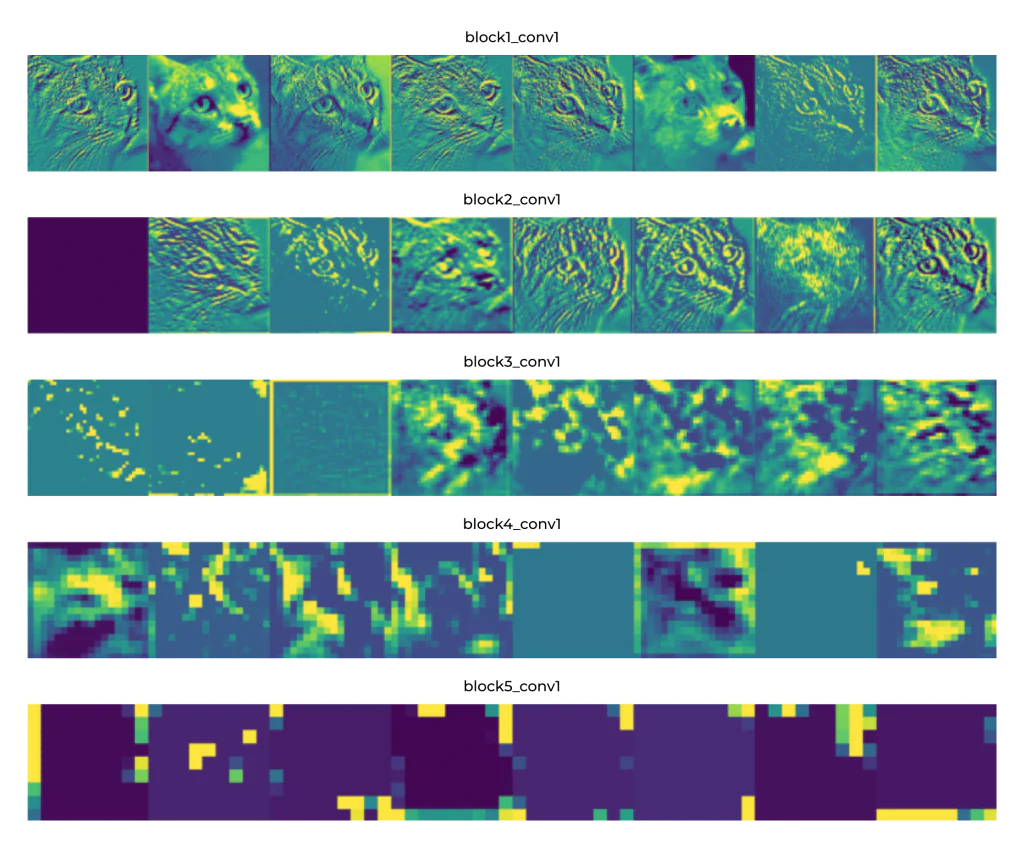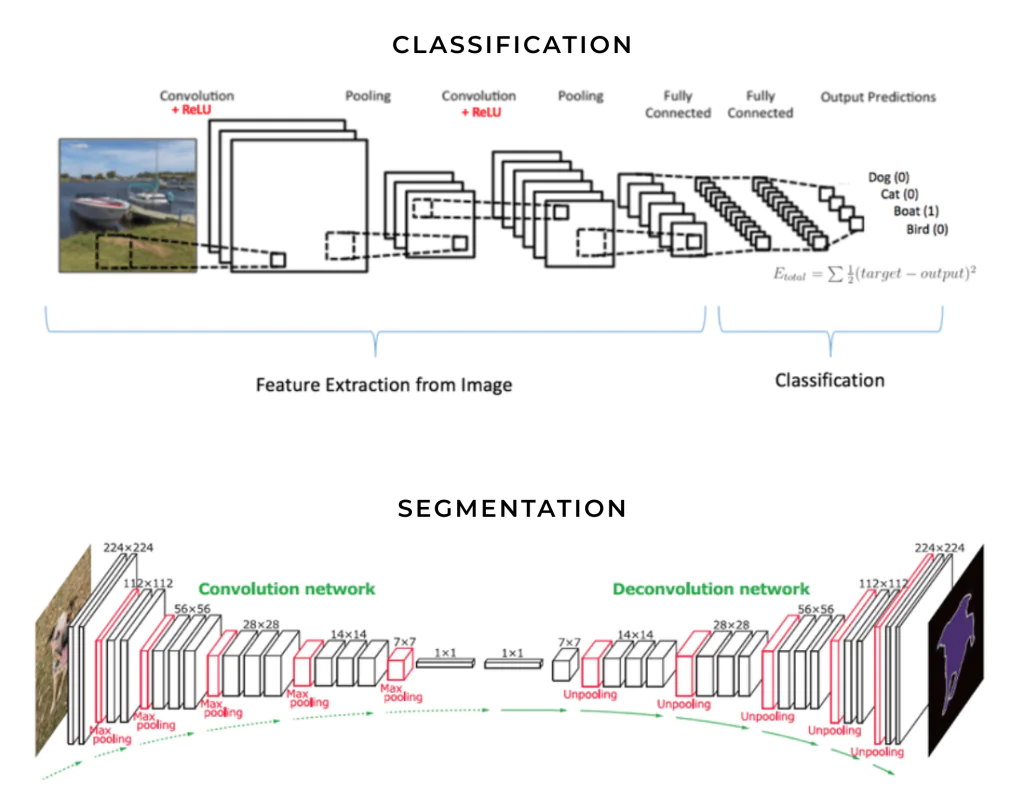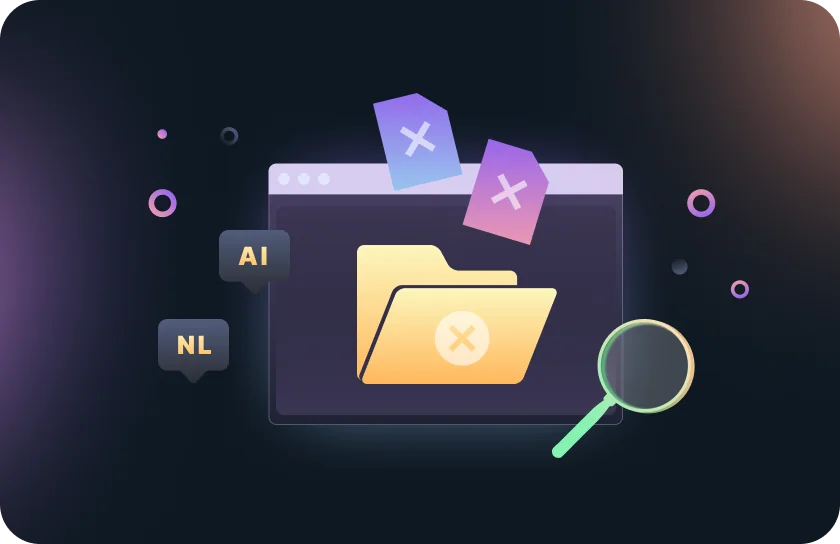Table of contents
Oleksii Makarov is one of the leading experts on artificial intelligence software development at Devtorium. During our recent IT Crowd event in Vinnytsia, Oleksii made a short presentation about computer vision. This technology is undoubtedly exciting and already has a huge impact on the world. Today, Oleksii will tell us more about what it is and how computers learning to ‘see’ affects our everyday lives. With his 21 years of experience and a passion for math, Oleksii can make this complicated subject easy to understand.
What Is Computer Vision for Artificial Intelligence Software Development?
In the simplest way possible, computer vision is a set of technologies that aims to make computers process images in a manner similar to human vision. However, the math behind the process is a lot more complicated.
One thing you need to know first is that computer vision technology already exists. It’s used in a variety of ways, including SaaS development. In fact, each of us has been exposed to it multiple times. However, you likely don’t even realize how often you come in touch with this AI-based software development product.
Also, it’s crucial to note that computer vision was somewhat limited until the recent jump in artificial intelligence software development. Due to advancements in deep learning and neural networks, this technology can now surpass human vision in some capacities. But, this particular level of computer vision is only about a decade old.
In ten short years, this technology achieved outstanding results in many areas. It means that we can expect more global transformations powered by AI-driven software development.
Of course, tech plays a significant part in this leap. However, the main driver behind the growth of computer vision and artificial intelligence software development is data.
As a society, we generate tons and tons of data. And AI learns by processing these massive databases. Just image-wise, there are over three billion pictures shared online in a single day. Every day. So, AI and computer vision have an opportunity to become better at an unprecedented rate.
Already this technology is capable of processing images at extreme speeds and identifying objects with 99% accuracy. The results of these processes are used everywhere, from crime investigation to marketing and self-driving cars.
AI-Based Software Development: Deep & Machine Learning Technologies
One of the leading technologies used in computer vision is machine learning. To be exact, this type of tech uses its subset called deep learning. Deep learning methodology learns through neural networks, enabling it to improve with every progressive deeper layer of data.
This machine learning method is currently used in computer vision and other vital areas of artificial intelligence software development. The industries where it makes the most significant impact include:
- Healthcare and drug research
- Genomic sequencing
- Self-driving automobiles
For computer vision, deep learning algorithms enable machines to understand the context of visual data they process. That’s how computers eventually learn to tell one image from another and identify similarities or differences. Computer processing can be much more powerful and faster than the human brain. Therefore, applying computer vision in various real-life situations makes it possible for machines to identify minor discrepancies in images. So, they can alert humans of any potentially dangerous inconsistencies.
AI-based software development powered by deep learning algorithms makes it possible to have machines ‘look’. However, they do not perceive images the way we do. Instead, they break down a single image into layers of pixels. That’s where convolution neural networks come into play.

Convolution and Deconvolution Networks in Computer Vision AI-Driven Software Development
“Alert! This might sound convoluted, but it’s actually not so bad”. It’s what Oleksii says when he starts explaining the neural networks technology used in computer vision. In order to make computers see, artificial intelligence software development engineers use convolution networks. Simply put, this is a process of machine breaking down the image into layers and layers of pixels. Each following layer is simpler and therefore less understandable for humans. But to a machine, they are the true ‘objects’ its ‘vision’ can process.
The machine will run predictions based on what it’s seeing and eventually trigger a deconvolution process. Basically, it’s the opposite of convolution. And predictive data analysis powered by Ai is a popular technology today.
We see the results of these complicated mathematical processes within AI-powered systems of computer vision through the actions of machines. You can find the easiest to understand example in self-driving cars. First, the machine recognizes the shapes of all objects within its ‘field of vision’. Then, it runs multiple iterations of predictions. And the car uses the data to drive and safely avoid obstacles.

Artificial Intelligence Software Development: Computer Vision Tasks
When you get down to the heart of it, computer vision is all about pattern recognition. Essentially, it performs two main tasks: classification and segmentation. Machines learn to identify objects and segment images into multiple views to make predictions.
Processes involved in computer vision analysis include, but aren’t limited to:
- Object classification: understanding the category of an object.
- Object identification: Understanding the exact type of an object.
- Object detection: determining where the object is located within the image.
- Object verification: verifying whether the object is present in the image.
- Object segmentation: breaking down the object image into layers of pixels.
- Object recognition: identifying objects in the image and their locations.
How Computer Vision Technology in Artificial Intelligence Software Development Will Change the World
Unsurprisingly, Oleksii gets many questions about the applications of computer vision and the impact of this tech on the world. According to him, the scope of it is nearly impossible to define because this technology has tremendous potential.
Oleksii believes that the main areas of computer vision, as well as AI-based software development implementation, will be:
- Autopilot technologies, which will revolutionize the transportation sector as a whole. This won’t stop at self-driving cars as piloting other modes of transport can be automated. Moreover, machine pilots can be more efficient and reduce the risk of accidents.
- Healthcare research is another area where the capabilities of artificial intelligence software development are tremendous. Already some companies use AI to predict the human body’s reactions and develop medications based on this data. For example, DeepMind is one of the leaders in this innovative industry.
To those worried that machines will take away human jobs, Oleksii recommends to stay calm. Of course, automation will make some professions redundant. However, many other new jobs will appear in response to global and technological changes.
To those interested in learning more about computer vision and artificial intelligence development software, Oleksii suggests the following resources:
- TowardsDataScience: great portal with news about the latest AI tech developments.
- 3Blue1Brown: a YouTube channel where high-level maths is explained in simple and easy-to-understand terms.
- Jeff Heaton: a YouTube channel by a Ph.D. VP, Data Science at RGA, Adjunct at Washington University, St. Louis, who explains neural networks and other technologies in a simple way.
If you want to talk to Oleksii regarding artificial intelligence software development or engage our services to create an AI of your own, contact us!




